History is filled with peculiar and often overlooked events that defy imagination. From mysterious epidemics to unusual wars, these bizarre occurrences offer a glimpse into the unpredictability of the past. Delving into these lesser-known episodes reveals fascinating stories that have shaped the world in unexpected ways. Here are 12 bizarre historical events that you’ve likely never heard of, each with its own unique twist.
The Dancing Plague of 1518
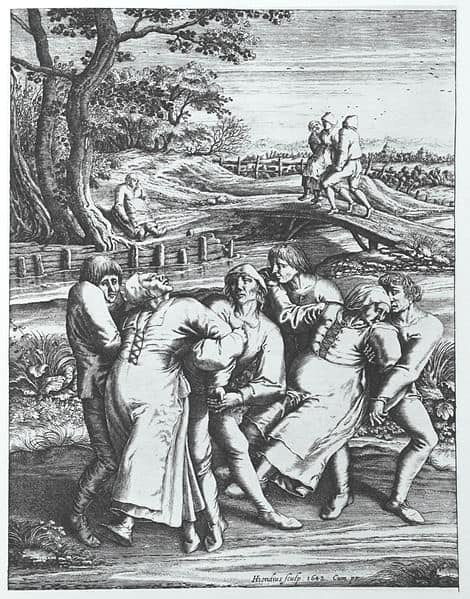
In July 1518, residents of Strasbourg, France, were struck by a sudden and uncontrollable urge to dance. For weeks, hundreds of people danced fervently without rest. The phenomenon led to exhaustion, injuries, and even death. Physicians attributed it to “hot blood” and recommended more dancing to cure it. Historical records remain unclear on the exact cause, with theories ranging from mass hysteria to ergot poisoning.
The Great Emu War of 1932

Australia faced a unique problem in 1932 when thousands of emus began ravaging wheat fields in Western Australia. The military was called in to combat the birds using machine guns. Despite their efforts, the emus proved remarkably resilient, and the soldiers failed to curb their numbers significantly. The event ended with the emus emerging victorious, and the government eventually sought other methods to manage the wildlife. This strange conflict remains a curious chapter in Australian history.
The Affair of the Poisons (1677-1682)
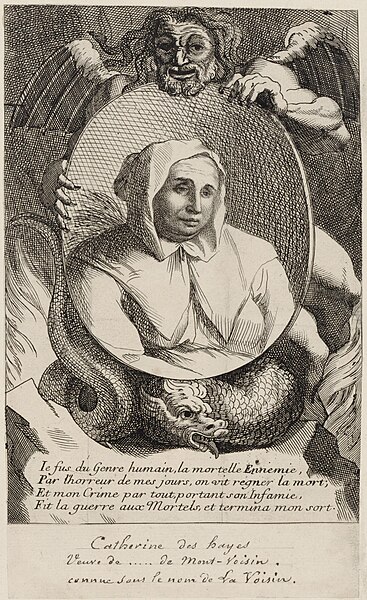
During the reign of King Louis XIV of France, a scandal involving poisonings, black magic, and murder unfolded at the royal court. Prominent members of the nobility, including the king’s mistress, were implicated. An investigation revealed a network of fortune-tellers and alchemists selling poison and conducting dark rituals. The scandal led to numerous executions and imprisonments. This affair highlighted the dangers of intrigue and superstition in the courtly life of the era.
The Pig War of 1859
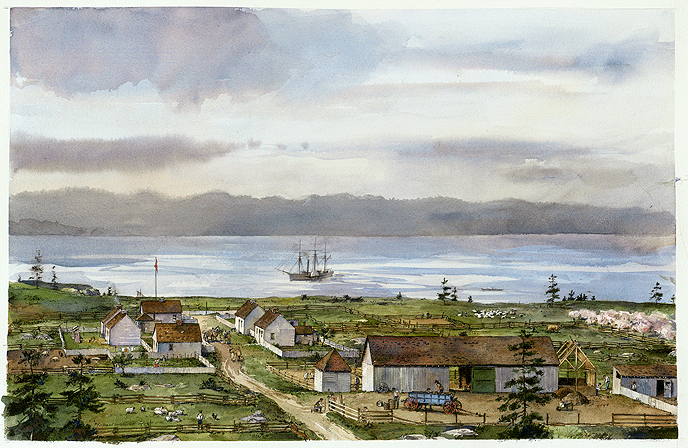
A border dispute between the United States and the British Empire over the San Juan Islands in the Pacific Northwest escalated due to the shooting of a pig. The incident nearly sparked an armed conflict as both nations sent troops to the islands. After a tense standoff, cooler heads prevailed, and the dispute was eventually resolved diplomatically. The “war” ended without any human casualties, and the pig’s death remained the sole casualty. This bizarre conflict illustrates how minor incidents can sometimes have disproportionate consequences.
The Cadaver Synod (897)

One of the most macabre episodes in papal history occurred when Pope Stephen VI put the corpse of his predecessor, Pope Formosus, on trial. The cadaver was exhumed, dressed in papal vestments, and propped up in a courtroom. Formosus was found guilty of various crimes, his papacy declared null, and his body was desecrated. This bizarre event highlighted the extreme factionalism and political intrigue within the Church. It also demonstrated the lengths to which individuals would go to discredit their enemies.
The Battle of Karansebes (1788)
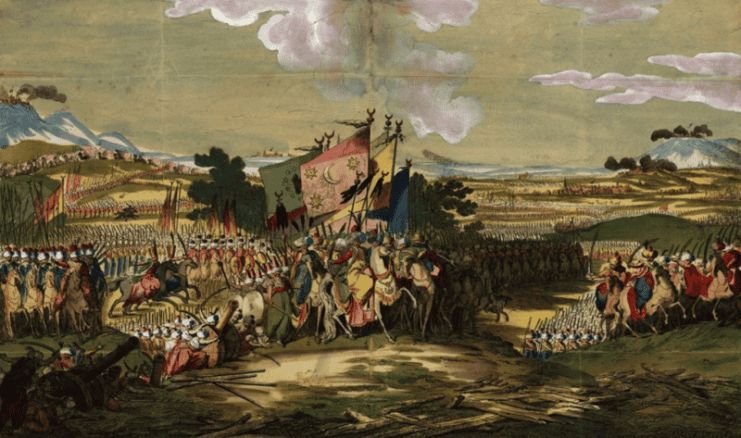
During the Austro-Turkish War, a bizarre and tragic incident occurred when Austrian soldiers, drunk and mistaking each other for the enemy, began fighting amongst themselves. The confusion led to a chaotic battle where the Austrians suffered significant casualties without engaging the actual enemy. This incident, known as the Battle of Karansebes, remains one of the most farcical and tragic episodes in military history. The confusion was further compounded by language barriers and poor communication among the troops.
The London Beer Flood (1814)
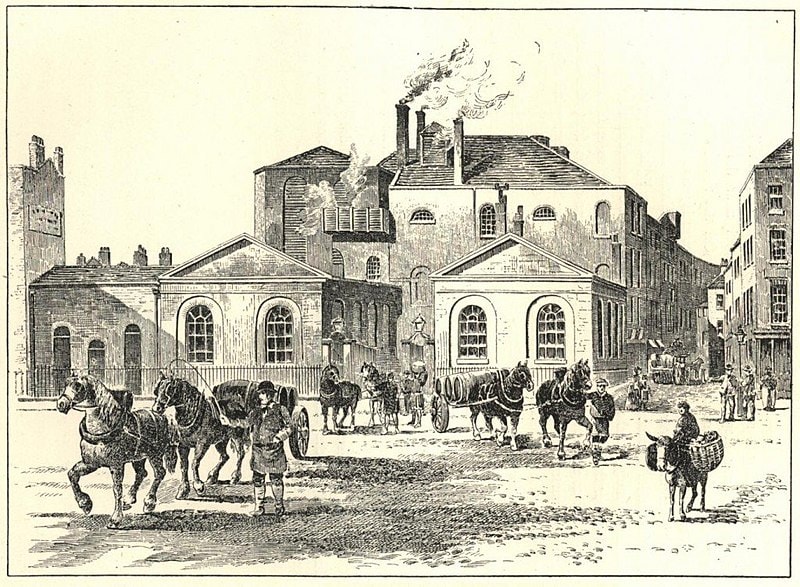
In 1814, a massive vat of beer at the Meux and Company Brewery in London burst, releasing over a million liters of beer into the streets. The resulting flood caused buildings to collapse and led to the deaths of eight people. Residents attempted to salvage the beer, which compounded the chaos. This unusual disaster highlighted the potential dangers of industrial accidents in densely populated areas. The incident remains a curious footnote in the history of London’s industrial era.
The Great Stink of 1858

In the summer of 1858, the River Thames in London emitted a foul stench due to untreated sewage and industrial waste. The smell was so overpowering that it disrupted government operations and caused widespread illness. The event prompted urgent action to overhaul London’s sanitation system, leading to the construction of a modern sewer network. This crisis highlighted the importance of public health infrastructure. The Great Stink remains a pivotal moment in the history of urban sanitation.
The Great Moon Hoax (1835)
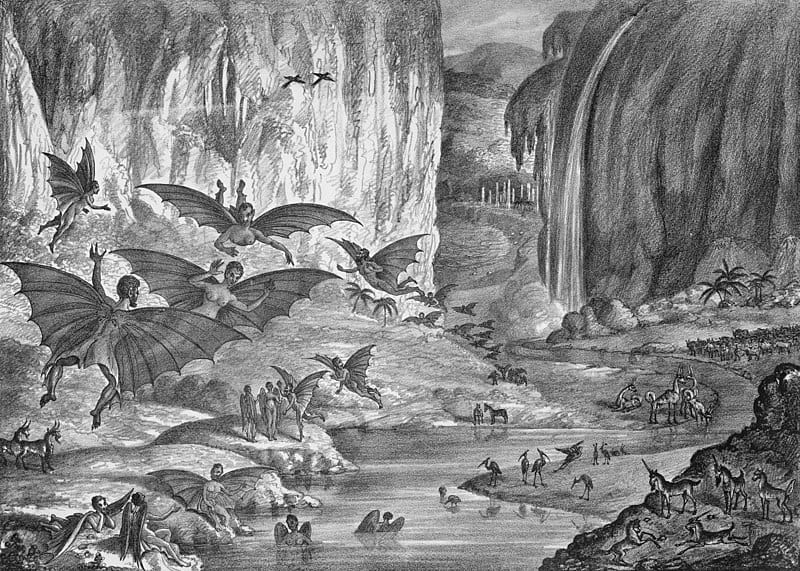
In 1835, the New York Sun published a series of articles claiming the discovery of life on the moon. The articles, attributed to the famous astronomer Sir John Herschel, described fantastic creatures and lush landscapes. The hoax captured the public’s imagination but was eventually revealed as a fabrication. This event highlighted the power of the press and the gullibility of the public. It also underscored the need for critical thinking and skepticism in evaluating extraordinary claims.
The Cato Street Conspiracy (1820)
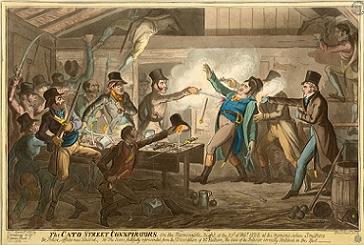
A plot to assassinate the British Prime Minister and his cabinet was foiled in 1820. The conspirators, inspired by revolutionary ideals, planned to decapitate the government and incite a popular uprising. The plan was discovered, and the conspirators were arrested and executed. This event highlights the period’s political tensions and the lengths to which dissidents would go to achieve their aims. The conspiracy remains a dramatic episode in British political history.
The Battle of the Frogs (1754)

Residents of Windham, Connecticut, were awoken by a cacophony of croaking frogs one summer night. The noise was so loud that townspeople, fearing an attack by Native Americans or French soldiers, armed themselves for battle. Upon discovering the source of the noise, the event became a local legend. This bizarre incident reflects the fears and uncertainties of colonial America. It also demonstrates how natural phenomena can be misinterpreted in times of tension.
The Great Boston Fire of 1872
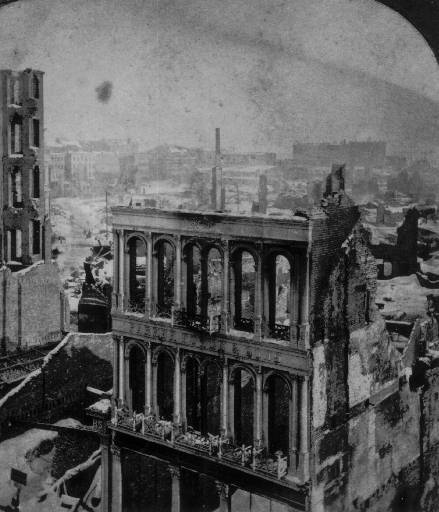
The Great Boston Fire of 1872 was a devastating blaze that destroyed 776 buildings in the city’s downtown area. Despite the severity, the fire’s cause remains unknown, and theories range from arson to spontaneous combustion. The disaster prompted significant improvements in the city’s fire-fighting infrastructure and building codes. This event underscores the importance of urban planning and emergency preparedness. It also serves as a reminder of the unpredictable nature of urban life.
This article originally appeared on Rarest.org.
More From Rarest.Org
Turtles are among the most fascinating creatures on Earth, with many species remaining unknown to most people. Some of these rare species possess unique characteristics and face significant threats from habitat loss, illegal trade, and environmental changes. Read more.
Formula 1 is home to some of the most valuable and storied teams in motorsport history. These teams have built their reputations through a combination of engineering excellence, strategic partnerships, and competitive success on the track. Read more.
Architecture is an ever-evolving art form, constantly pushing the boundaries of creativity and innovation. Around the world, there are buildings that captivate us not only with their functionality but also with their unique and peculiar designs. Read more.



